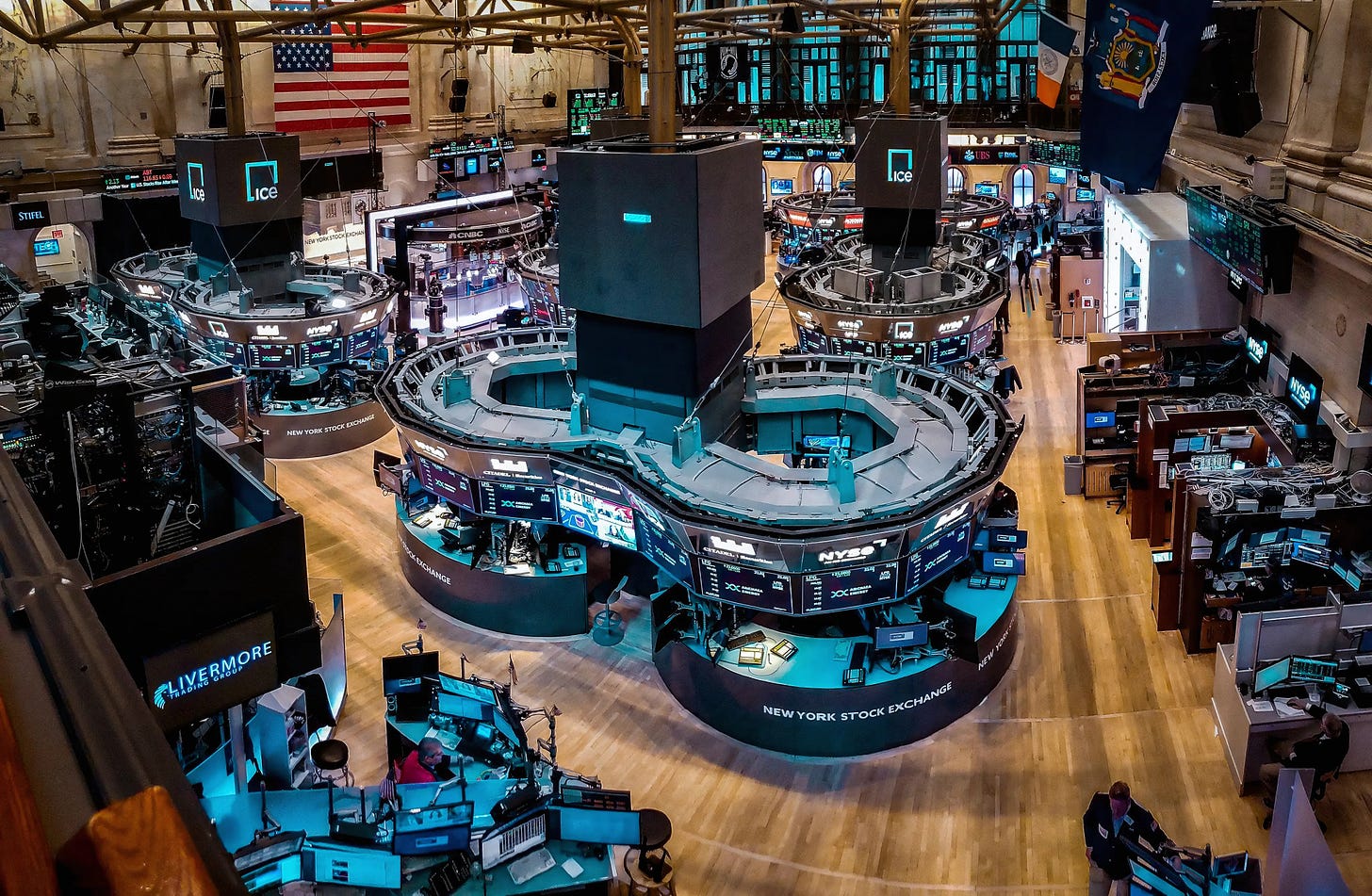Two Decades of Consolidation
Lessons from FMCG M&A Activity in the last quarter of a century
Introduction
Mergers and acquisitions have reshaped the global consumer goods landscape more than any other strategic lever over the past quarter century. From blockbuster mergers between household names to the acquisition of niche brands targeting younger or health-conscious consumers, the Fast-Moving Consumer Goods (FMCG) sector has seen an extraordinary volume and variety of deal activity since the early 2000s.
For many of the sector’s largest firms, M&A has served as a means to secure revenue growth and scale and as a response to changing consumer behaviour, competitive dynamics, and investor pressure. The drivers are familiar: stagnant sales in mature markets, the need to expand into faster-growing categories, operational efficiencies through consolidation, and the desire to simplify complex portfolios.
The outcome, however, has been mixed. Some acquisitions, such as Nestlé’s move into pet care with Purina or Unilever’s stewardship of Ben & Jerry’s, are often cited as textbook examples of strategic clarity and effective brand management. Others offer cautionary tales of misjudged markets and operational missteps, like Reckitt Benckiser’s expansion into infant nutrition or Coty’s bid to become a beauty giant overnight.
This article provides a detailed view of significant M&A transactions in the FMCG industry from 2000 to 2025. Drawing on case studies and financial outcomes, it explores what successful integration looks like, where deals have faltered, and the strategic lessons leaders should take from over two decades of consolidation.
The Scale of Consolidation
Over the past 25 years, the FMCG industry has undergone a sustained wave of consolidation, with deal activity reshaping the competitive landscape across food, beverage, household, personal care, and health segments. The trend has been particularly pronounced among the most prominent players. Between 2000 and 2025, the ten most acquisitive FMCG firms collectively spent well over half a trillion US dollars on transactions aimed at securing growth, capturing synergies, or shedding non-core assets.
Several of the most prominent deals have transformed entire sub-sectors. Procter & Gamble’s $57 billion acquisition of Gillette in 2005 created the largest consumer products company, giving P&G a dominant position in men’s grooming and batteries. The merger of Anheuser-Busch and InBev in 2008 produced the largest brewer globally, followed by AB InBev’s $100 billion acquisition of SABMiller in 2016, consolidating a third of global beer volumes under one company.
Keep reading with a 7-day free trial
Subscribe to Growth, Brands and More to keep reading this post and get 7 days of free access to the full post archives.



